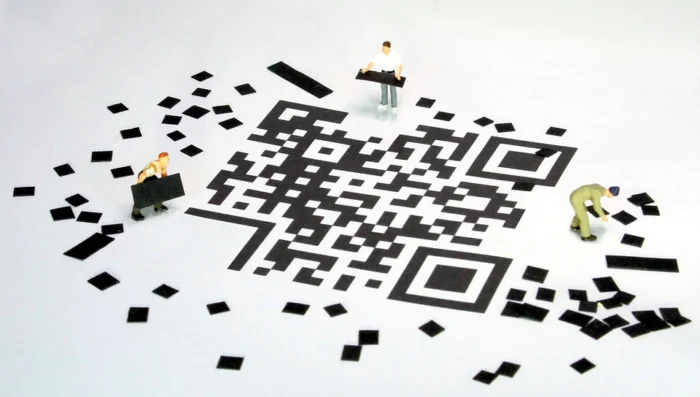Scavenger hunts have long been a popular and engaging way to encourage exploration, teamwork, and problem-solving skills. With the advent of QR codes, or Quick Response codes, these hunts have taken on a new dimension, offering a seamless blend of physical challenges and digital interactions.
What are QR Codes?
QR codes are two-dimensional barcodes that can be easily scanned using smartphones and mobile devices. When scanned, these codes can encode a variety of information, including URLs, text messages, contact details, and even interactive experiences. This versatility makes QR codes an ideal tool for creating interactive scavenger hunts, providing participants with clues, puzzles, and surprises along the way.
Creating an Engaging QR Code Scavenger Hunt
- Define the Theme and Purpose: Determine the overall theme and purpose of your scavenger hunt. Is it for a team-building event, a marketing campaign, or simply a fun activity for friends and family?
- Select Locations: Choose a suitable location for your scavenger hunt, considering the participants’ age, physical abilities, and the desired level of challenge.
- Designate Clue Locations: Identify strategic locations where QR codes will be hidden. Ensure that each location offers a unique challenge or clue to guide participants to the next location.
- Create QR Codes: Generate unique QR codes for each location. Link these codes to relevant content, such as riddles, puzzles, multimedia elements, or instructions for the next step.
- Design and Print Clues: Create visually appealing and informative clues that provide participants with context and direction. Consider using maps, diagrams, or images to enhance the clues.
- Hide QR Codes and Clues: Strategically hide the QR codes and clues at the designated locations. Ensure they are visible enough to be found but not too easy to spot.
- Provide a Starting Point: Clearly indicate the starting point of the scavenger hunt, whether it’s a designated location or a set of instructions.
- Consider a Grand Prize: Offer an enticing grand prize for the team or individual who completes the scavenger hunt successfully. This adds an element of excitement and competition.
QR Code Scavenger Hunt Variations and Enhancements
- Time Limit: Incorporate a time limit to add an element of urgency and challenge.
- Themed Costumes: Encourage participants to dress up according to the scavenger hunt’s theme.
- Social Media Integration: Integrate social media challenges or photo-sharing opportunities to enhance engagement.
- Adaptive Difficulty: Adjust the difficulty level of the clues and challenges based on the participants’ progress.
- Interactive Storytelling: Weave a narrative thread throughout the scavenger hunt to create an immersive experience.
QR Code Scavenger Hunts: A Versatile Tool for Engagement
QR code scavenger hunts offer a multitude of benefits:
- Engaging and Interactive: QR codes add a digital element to traditional scavenger hunts, making them more engaging and interactive.
- Flexible and Customizable: QR code scavenger hunts can be tailored to various themes, locations, and participant groups.
- Easy to Create and Implement: Creating and implementing QR code scavenger hunts is relatively simple and requires minimal resources.
- Trackable and Measurable: QR code tracking tools can provide valuable insights into participant engagement and hunt completion rates.
Conclusion
QR code scavenger hunts have become a popular and effective way to engage audiences, promote teamwork, and create memorable experiences. By incorporating QR codes into scavenger hunts, organizers can add an innovative and interactive dimension to these traditional activities, making them even more fun and engaging for participants of all ages.





